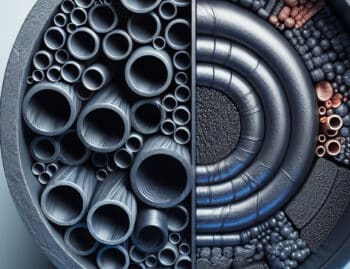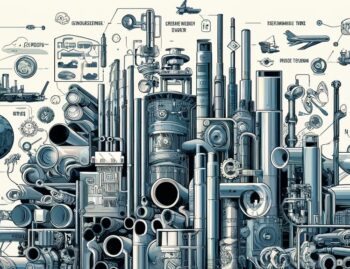
Increased Steel Production
That increase reflects India’s steady rise to the top in the rankings of top
steel producers. Already the world’s third-largest producer of crude steel, it is expected to achieve the number two spot by the end of 2016. Crude steel production grew by 7 percent from April to August, and by 9.4 percent in August alone. During the same period, steel imports decreased by 34.5 percent, while exports increased by 23.6 percent. Consumption in the construction sector is expected to increase by an additional 5.3 percent in 2017.
Contributing Factors
One of the most important factors contributing to India’s success in the steel industry is the availability of raw materials such as iron ore, which is plentiful. Another is the relatively low cost of labor in the mining and manufacturing sectors. Foreign investments and government initiatives have also played a large role. From 2000 to 2016, the industry has received over $8.89 billion dollars in foreign investments which have been used to upgrade manufacturing plants and build state-of-the-art steel mills. Achieving higher levels of energy efficiency has also reduced operating costs.
In addition to foreign investments, there are also a number of government initiatives designed to support the industry. For example, the Indian Parliament has amended the Mines and Minerals Development and Regulation (MMDR) Act, which will enable companies to transfer mine leases as well as purchases. The Ministry of Steel also plans to invest in the expansion and modernization of the state-owned Steel Authority of India Ltd (SAIL) with the goal of increasing production capacity of high-quality steel products for the defense and satellite industries.
The National Mineral Development Corporation (NMDC), also state-owned and under the authority of the Ministry of Steel, plans to invest $5.96 billion dollars over the next eight years to achieve a mining capacity of 75 million tons per annum, a significant increase over the current capacity of 48 million tons per annum. Overall steel production in the country is projected to increase to 300 MT by the year 2025.
Competition
Established in 1954, with over 10 manufacturing plants, state-owned Steel Authority of India Ltd (SAIL) ranks at number three in the top ten steel manufacturers in the country in terms of market capitalization. Tata Steel, founded in 1907, ranks at number 2, while JSW Steel, with operations in more than 100 countries, ranks at number 1.
Despite their global competitive advantages, competition has been adversely affected by Chinese imports. According to one report, imports of Chinese rebar increased by 23% from 2013 to 2014, which resulted in the Indian government setting a minimum import price on steel products earlier this year. India is now well-positioned to capture, and keep, the rank of number two in global steel production.











